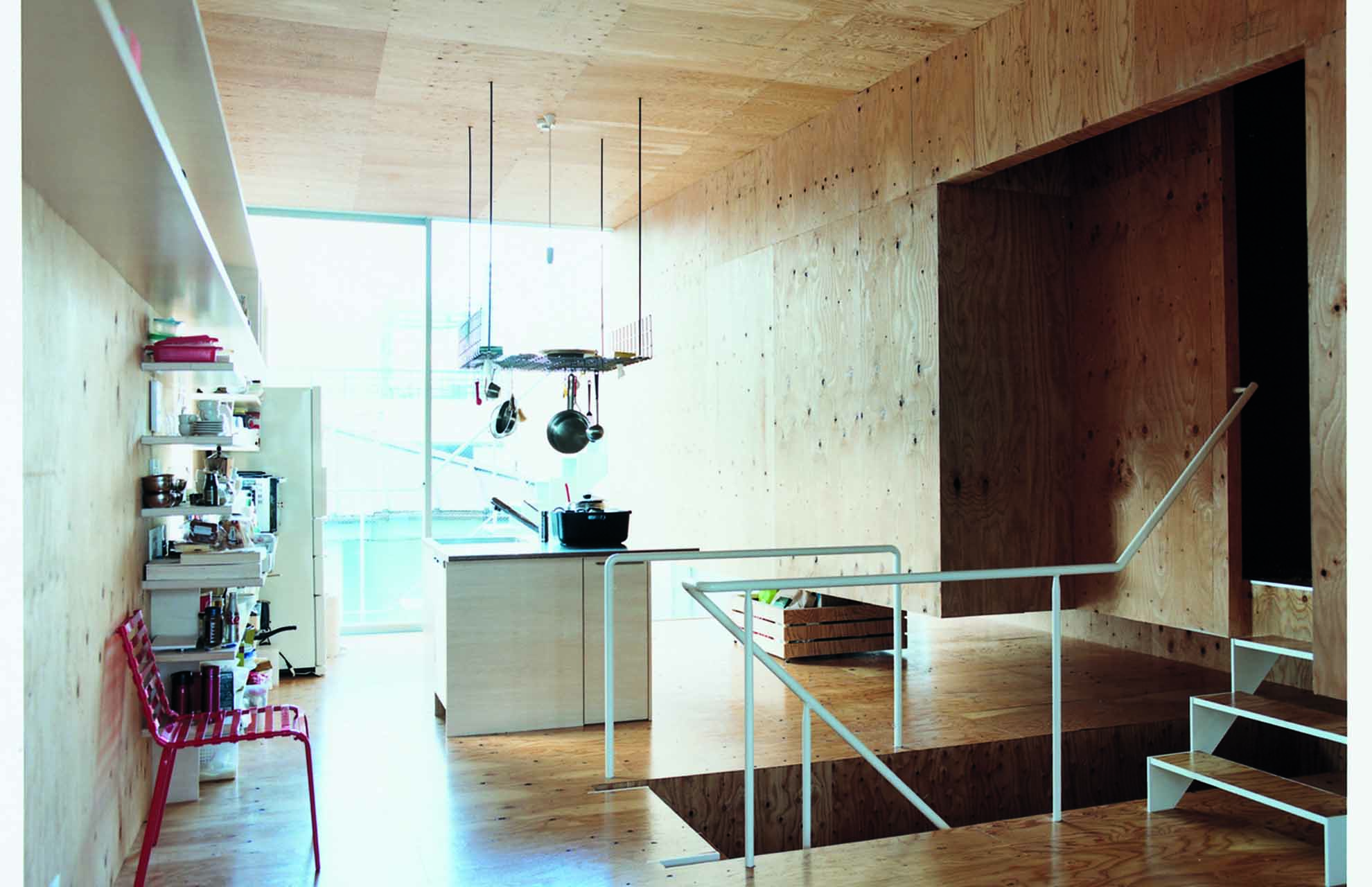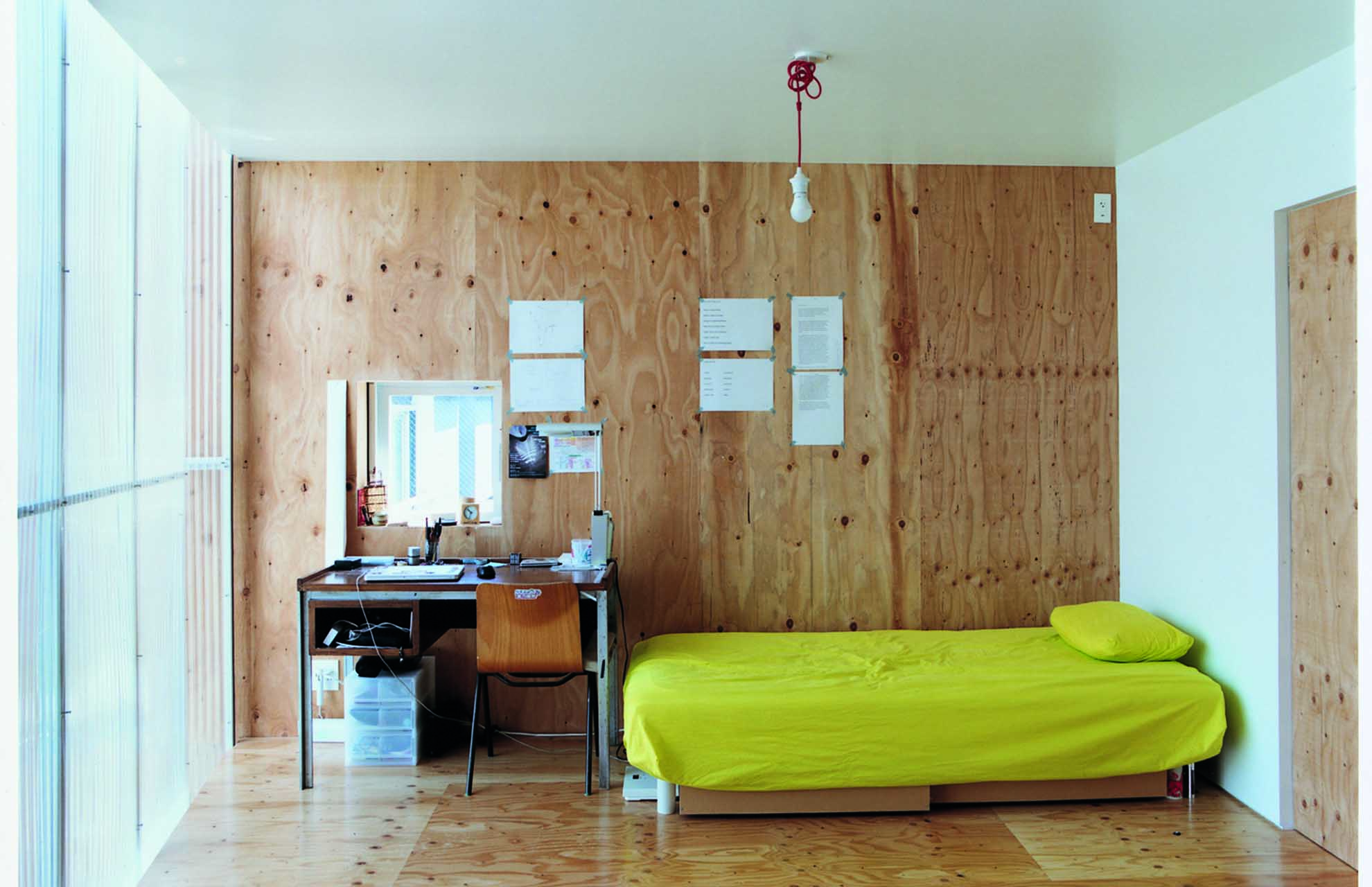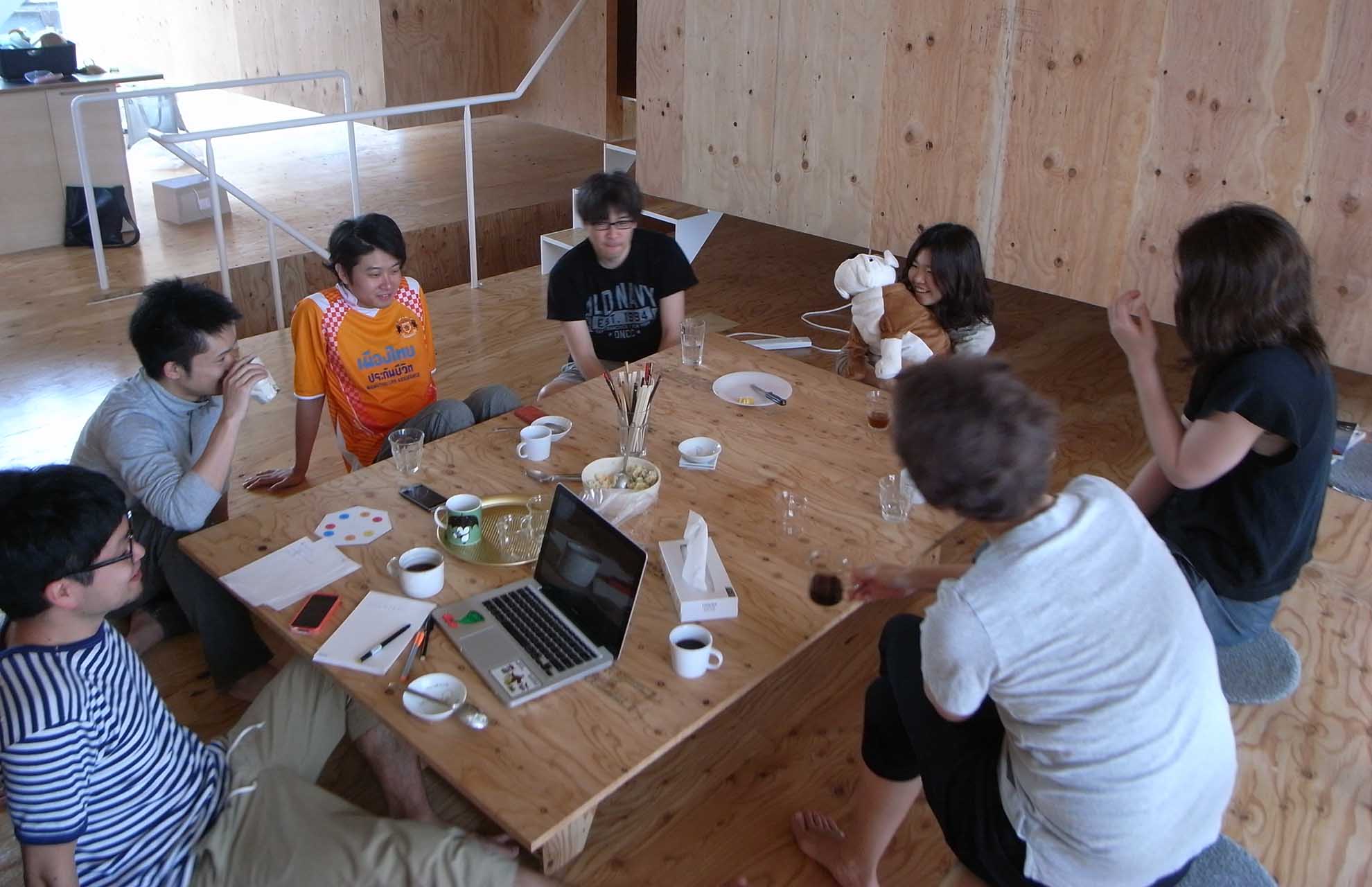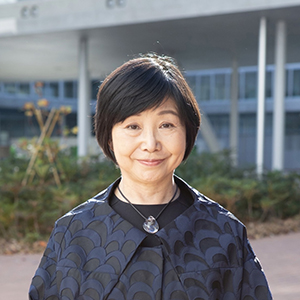Shared Living in Tokyo
Creating a new network to solve social isolation issue
There are about 7.2 million households in Tokyo, half of which are single-person households. In the 23 wards (inner cities of Tokyo), even more people live alone. Tokyo is one of the safest cities in the world, and it's a rare metropolis where you can go shopping by yourself at a convenience store late at night. Such safeness allows many people to live alone. However, living alone doesn't necessarily lead to human well-being. One-person studio apartments, which are small units of less than 20 square meters with a bathroom and a kitchen, have become a hotbed of social isolation. The extreme case is kodokushi or lonely death. In 2020, more than 4,000 people in the 23 wards passed away without anyone looking after them or knowing about them. The number of lonely deaths is 1.6 times higher than in 2011.

Share Yaraicho, Tokyo, 2012, Satoko Shinohara/Spatial Design Studio + Ayano Uchimura/A studio. Photo © Taro Hirano
Small dwellings for small household units are not a modern phenomenon. They are a form of urban housing and have a long history. Historically closely related to the urban environment, small houses have supported the lives of their residents through the shared use of common space. Nagaya in the Edo period (17th-19th centuries) is a good example. Nagaya was a type of row house consisting of several small dwellings where a number of households shared toilets, wells, and garbage storage. This form of living provided common facilities and was also a space to share information and build a mutual support network.
After the Meiji modernization in the early 20th century, and before World War II, there were rooming houses called geshuku. Geshuku was a single-room occupancy that was either part of the landlord's house or separate buildings constructed on the same site. In a geshuku, residents shared a kitchen and toilet with other residents and interacted with the landlord via rent payments. Through the landlord, the residents of the geshuku were connected to the local community.

Share Yaraicho, Tokyo, 2012, Satoko Shinohara/Spatial Design Studio + Ayano Uchimura/A studio. Photo © Taro Hirano
Today, contemporary studio apartments are also the smallest housing units in the city, but unlike nagaya or geshuku, they are self-contained. Also, the rent is paid by bank transfer, and the residents of a studio apartment do not need to contact anyone in their private space. Moreover, anonymous urban facilities such as convenience stores support this way of living. Young residents especially welcomed the lifestyle of studio apartments as comfortable places where they could live without communicating with anyone and free themselves from the hassle of sharing space. But now it is not only a temporary home for young people, rather it is a form of urban living for a diverse group of people, including older people, and consequently various problems have emerged. Young people who lived in studio apartments were able to return to homes owned by their parents and families, but now many single people do not have a family home to which they can return.

Share Yaraicho, Tokyo, 2012, Satoko Shinohara/Spatial Design Studio + Ayano Uchimura/A studio. Photo © Taro Hirano
A shared house with a shared living room is not a typical family home. Therefore, the residents do not expect mutual aid like a family. However, certain relationships between residents who share physical space result from the constant exchange of diverse information, although those interactions may feel burdensome.
Just as humans have bodies, relationships between residents who share physical space have several implications. In Tokyo, single-person households will continue to dominate. In this case, large cities will need buffers to reduce the risk of isolation and lonely death due to the anonymous presence of the smallest housing units. Shared living could function as such a buffer to connect smaller residential units. In addition, shared living can build better relationships in urban environments and among residents. To this end, I believe that architectural design plays a major role, and it is important to continue to enhance the design of shared living.
Main image: Share Yaraicho, Tokyo, 2012, Satoko Shinohara/Spatial Design Studio + Ayano Uchimura/A studio. Photo © Taro Hirano
Translation: Original text, Kayo Murakami
Video: A film by Toshiki Hirano for exhibition at Roca London Gallery, Small Spaces in the City: Rethinking Inside the Box, curator Clare Farrow.
Video © Toshiki Hirano and Satoko Shinohara, 2023
Exhibition: http://www.rocalondongallery.com/expositions/small-spaces-in-the-city-rethinking-inside-the-box
